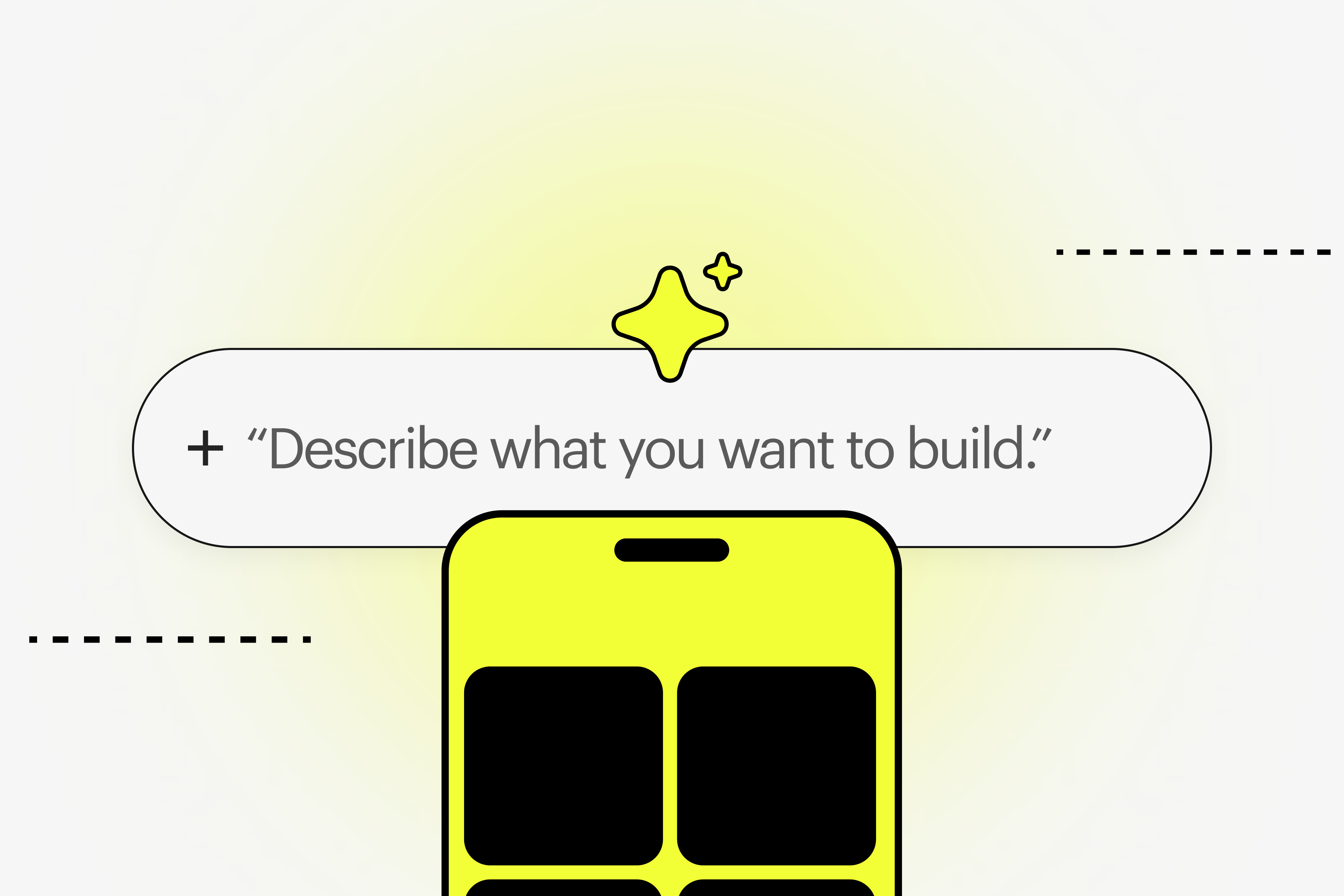Jay Wolff’s 8 tips:
- “Clarify & educate” rather than “convince & sell”
- Qualify your leads
- Build up your walk-away power
- Turn no-sales into referrals
- Don’t be afraid to deliver bad news
- Never force a sale
- Take things away to pull people in
- Never sell yourself or your team into a hole
The Wolff of Finsweet
To sell Webflow, you need to know Webflow inside and out. You need to understand the limits of the platform in order to best understand how to push past them. This is what we strive to do here at Finsweet.
As Finsweet hit a growth phase in early 2021, I started having trouble balancing full time sales activities as well as the day-to-day operations. It was clear that we needed to bring someone in to help us handle sales full time. I have always known this position would be very difficult to fill because as we already established, it’s difficult to sell Webflow without knowing Webflow. If you know Webflow and you can sell it, you have the opportunity to work for yourself with unlimited earning potential. This means there aren’t many Webflow-pro salespeople looking for work at an agency. It’s a rare bread.
This is where Jay Wolff enters the picture.
Jay reached out to me after having “retired” (again) and told me he wanted to help grow Finsweet. He had recently stumbled into the No-code movement and had been keeping a close eye on Webflow in particular. He saw that we were “doing incredible work” and wanted to be a part of our future growth. But he didn’t know much about Webflow from a technical standpoint at the time — however he made it clear that he was eager and ready to learn.
What Jay does know is sales — specifically agency sales. He’s a battle tested entrepreneurial veteran who has experience selling and managing large accounts. After months of pleading his case about how he could help us increase sales here at Finsweet, I decided to put his skills to the test — and he passed.
Once Jay joined Finsweet, he sat in on my sales calls. I CC’d him on everything. After a few months, he was flying solo and closing deals without me. His newfound knowledge in Webflow along with his sales experience has been a total success.
Over the last year he has completely taken over sales operations at Finsweet and allowed us to take the next step forward in our long term growth. Those efforts, coupled with continued investments in products and community has allowed Finsweet to double the company over the last year. Both in revenue, and headcount.
In preparation for a recent livestream, we reached out to Jay and asked him for his top sales tips when it comes to selling websites. Some of them are Webflow specific, but most of them are just good business practices.
You can watch the entire stream below where we talk about these 8 tips or just keep scrolling to explore them on your own time.
In publishing this article we hope to pass on a little bit of what Jay brings to our operation every day to your Webflow sales process.
8 tips explained in full
1. “Clarify & educate” rather than “convince & sell”
Don’t convince your client that Webflow is the best for the sake of the sale. Instead clarify the value proposition and educate them about the benefits of the platform. Discuss the limitations and whether Webflow is a good choice for their requirements. Gain their trust and show that you are an expert. Make them want to work with you!
I don’t believe in twisting people’s arms to buy from me; I want them to almost convince me to sell to them! Jay Wolff
2. Qualify your leads
Not everybody is going to be a perfect client for you. And that’s okay! Your priority should be to find a perfect solution for the incoming lead, regardless of whether you end up landing the client or not. Of course, it is always tempting to close every opportunity that comes your way, especially when the budget is right! But first ask yourself:
- Is the project in my niche?
- Is the client a right fit for me?
- Do they value your work and respect your process?
- Can I do right by this client?
- Will they do right by me?
Not every project is going to be a perfect fit for you. And it’s okay to walk away. In fact, learning to walk away can have a significant impact on future growth.
It’s irrational, but many salespeople sell to every single contact as if they all had to be customers. Jay Wolff
3. Build up your walk-away power
Being ready and willing to walk away from a project is a superpower in disguise. Having the ability to say “I appreciate this project, but this is not for us.” saves you time and energy to engage in better or more suitable projects. However this requires you to have steady lead flow, and consistent demand on your time. Without these it becomes more difficult to walk away from a potential project simply because you need the payday.
You want to avoid working with bad clients & time-wasters at all costs, so building up your walk away power is important. Furthermore, the ability to walk away will often draw prospects into you even more. People often want what they cannot have so when you tell a potential client that you are willing to passing on their project, they will often work harder to find a way to make it happen. This means over time you can charge more for your work and be more selective with the clients you do end up choosing to partner with.
“Losing” a project with a really lousy client is no loss at all. ~ Jay Wolff
4. Turn no-sales into referrals
If you are not the solution the client is looking for, don’t just walk away blindly. Often times you can turn down a project and still do right by the client thereby turning a no-sale into a future referral source. Guiding the client to the right solution will make them remember you and talk about you to their family, friends & colleagues - any of which could become your next client! This is how you build long term trust over time and turn those projects you are passing up on into more qualified leads down the road.
You can lose the opportunity but gain their respect and, along with that, many referrals. ~ Jay Wolff
5. Don’t be afraid to deliver bad news
There is a number of things that you may need to tell a client that could be considered bad news. Don’t be afraid! This is a part of building trust with the client and reputation for yourself! Be an expert who can advise the right steps before taking someone’s money! Learning how to stand up to a client or deliver tough news can make you more credible over time as long as the advice you give is sound.
The lasting results [of telling the bad news] are: 1. They trust you; 2. They get to a solution sooner (good for them); 3. They move on (good for you) Jay Wolff
6. Never force a sale
Forcing yourself into a project could be months of unhappy work for you or your team, especially if it’s not the right fit. An out-of-scope project will turn into liability and a poor demonstration of your skills. Don’t push too hard and don’t let a forced sale drain your creative juices & mess with your reputation! Instead learn to pass on these questionable projects by consistently having qualified leads in the pipeline.
There is nothing gained long-term from convincing someone to buy from you if what you are selling is not right for them. Jay Wolff
7. Take things away to pull people in
When you take something away from someone, they usually want it even more. Think about a child ignoring a toy until some other kid comes to grab it. At that point, nothing is more important to the child than the toy they had just been ignoring. This same dynamic can be used in the sales process.
If you feel disrespected by a potential client, if you feel the client has unrealistic expectations and deadlines, then give them recommendations of other people to talk to. If they really want to work with you, they will come back and be happy to work on your terms.
This is also useful when negotiating price. If someone thinks your pricing is too high, don’t just offer discounts, instead offer to remove specific value added services (take away) and let the client know that you can reduce cost by reducing features but not just because they do not agree with your price.
Doing this means knowing your personal and professional boundaries and sticking to them. If a client is not willing to work on your terms, then they do not fully appreciate the value you bring to the table and will likely turn into a headache over time.
*Very often they come back to fight their way into my door. Jay Wolff *****
8. Never sell yourself or your team into a hole
As a salesperson, you are the first line of defense for your team. This means knowing that their time and skills are important and should not be wasted or tied up with projects that do not respect those boundaries.
Don’t be so determined to make a sale that you sell something you or the team cannot deliver. Even more important, don’t accept too little money for the work and don’t ever promise a deadline that is impossible to meet. These things will put undue stress on your team and any small increase in revenue will be offset by a net loss in overall culture and company spirit.
Repeatedly underestimating the time & work required are all ways to lose heart, lose respect & lose the talent on your team to someone who takes better care of them. Jay Wolff
There you have it. 8 Proven sales tips to help you sell more Webflow websites in 2022 and beyond. If you have a sales tip you’d like to share with us feel free to send us a tweet or join us on a future livestream and leave it in the comments.



























